El Chaltén
A must-visit hiking paradise in Argentina's Santa Cruz Province, El Chaltén boasts stunning Patagonian landscapes, towering Mount Fitz Roy, and pristine trails for adventurers and nature lovers alike.
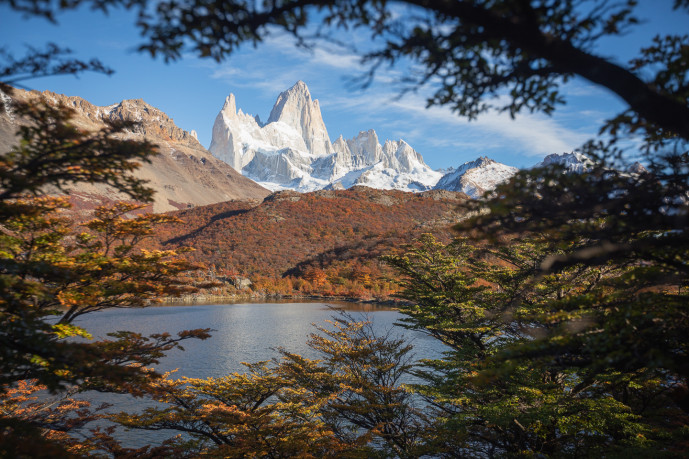
Nestled in the rugged embrace of Southern Patagonia, El Chaltén is Argentina’s trekking capital, a windswept haven where granite spires pierce the sky. This frontier town, framed by the iconic Fitz Roy massif, offers untamed trails, glacial lakes, and a quiet charm—a refuge for adventurers and dreamers alike. Here, the wild whispers, and the mountains call.
Destination Facts
- Official Name: El Chaltén
- Type of Destination: Town
- Brief Description: A picturesque mountain village nestled in the Andes, renowned as the trekking capital of Argentina and a gateway to the iconic Fitz Roy massif.
- Location: Southern Patagonia, at the base of Cerro Fitz Roy and Cerro Torre, within Los Glaciares National Park.
- Year Established/Founded: 1985
- Governing Body/Management: Municipal government of El Chaltén, under the jurisdiction of Santa Cruz Province.
- Significance/Known For: A hub for hiking and mountaineering, with trails leading to some of Patagonia’s most breathtaking landscapes, including Laguna de los Tres and Laguna Torre.
- Size/Area: Approximately 1.5 km² (urban area)
- Population: Around 1,500 permanent residents (seasonal fluctuations due to tourism).
- Main Attractions/Key Features:
- Cerro Fitz Roy (Mount Fitz Roy), a towering granite peak revered by climbers.
- Laguna de los Tres, a glacial lake offering one of Patagonia’s most iconic viewpoints.
- Los Glaciares National Park, a UNESCO World Heritage site.
- Best Time to Visit: Late spring to early autumn (November to April) for milder weather and accessible trails.
- Entrance Fee/Ticket Info: Free access to the town and most trails; some guided tours or park services may require fees.
- Operating Hours: N/A (open year-round, though services may be limited in winter).
- Website: www.elchalten.gob.ar (official municipal site).
Essentials
- Top Attractions: Mirador Maestri
- Best Months to Visit: December, February, January, November
Tours and Day Trips
Popular Tours & Day Trips from El Chaltén
Laguna de los Tres & Mount Fitz Roy
This iconic hike leads to the breathtaking Laguna de los Tres, a glacial lake at the base of the towering Mount Fitz Roy. The trail, approximately 10 km (one way), winds through Patagonian forests and open plains, culminating in a steep final ascent. The reward is an unparalleled view of Fitz Roy’s granite spires reflected in the turquoise waters. Ideal for adventurous travelers with moderate fitness, the trek takes 7–9 hours round-trip.
Laguna Torre & Cerro Torre
A slightly gentler alternative, this 9 km (one way) hike follows the Río Fitz Roy to Laguna Torre, where the jagged peak of Cerro Torre rises dramatically above the glacier-fed lake. The trail offers diverse landscapes, from riverbanks to moraines, and is often less crowded than Laguna de los Tres. Suitable for most hikers, the journey takes 6–8 hours round-trip, with optional extensions to Mirador Maestri for closer glacier views.
Lago del Desierto Boat Tour
A scenic 37 km drive from El Chaltén leads to Lago del Desierto, a serene lake framed by dense forests and snow-capped peaks. A short boat tour crosses the lake, offering glimpses of the Vespignani Glacier and opportunities for quiet contemplation. The excursion is perfect for those seeking a less strenuous day out, with optional short hikes along the shore. The round-trip, including transport, takes approximately half a day.
Huemul Glacier Ice Trek
For the intrepid, a guided ice trek on the Huemul Glacier provides a rare chance to explore Patagonia’s icy wilderness. After a boat ride across Lago Viedma, travelers strap on crampons to traverse the glacier’s crevasses and blue-hued ice caves. This full-day adventure demands physical stamina but rewards with an intimate encounter with Patagonia’s raw beauty. Suitable for experienced hikers or those comfortable with guided technical excursions.
Estancia Cristina Discovery Tour
A blend of history and nature, this tour visits the remote Estancia Cristina, a century-old sheep ranch accessible only by boat across Lago Argentino. The day includes a 4×4 ride to the Upsala Glacier viewpoint and a walk through the estancia’s museum, revealing Patagonia’s pioneering past. The excursion appeals to history enthusiasts and those who appreciate landscapes with a narrative, lasting a full day with moderate activity.
Accommodation
Senderos Aparts & Suites
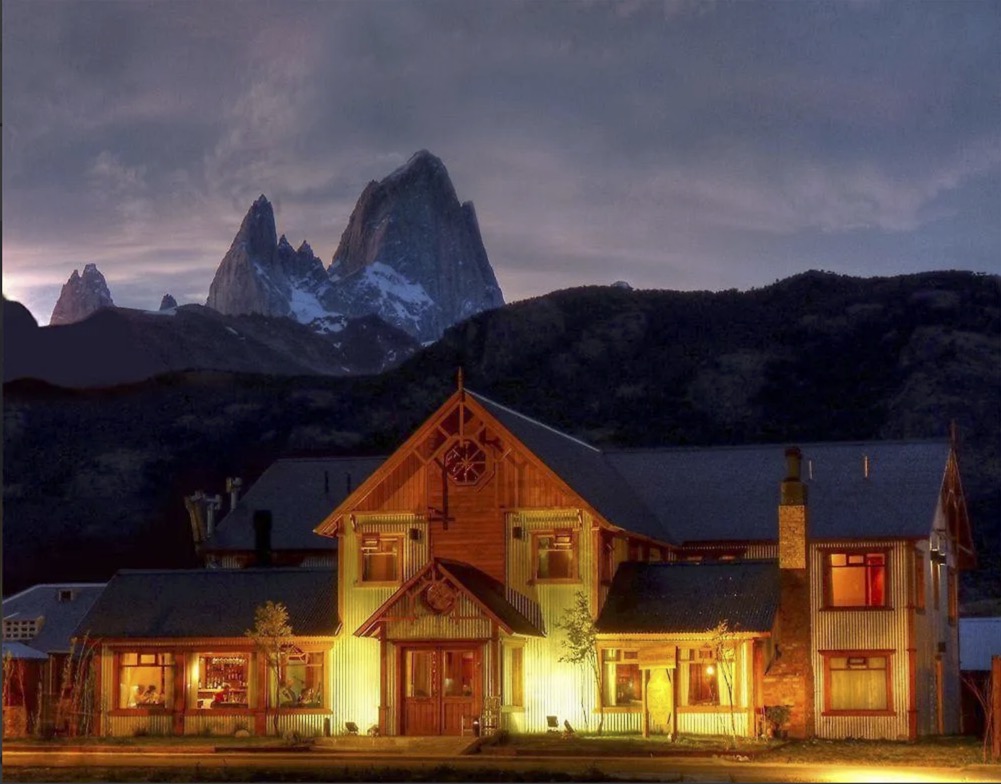
Hosteria Los Ñires
Nestled in the heart of El Chaltén, Hosteria LOS ÑIRES offers cozy accommodations with stunning views of the Patagonian landscapes, perfect for explorers seeking comfort after adventurous treks.
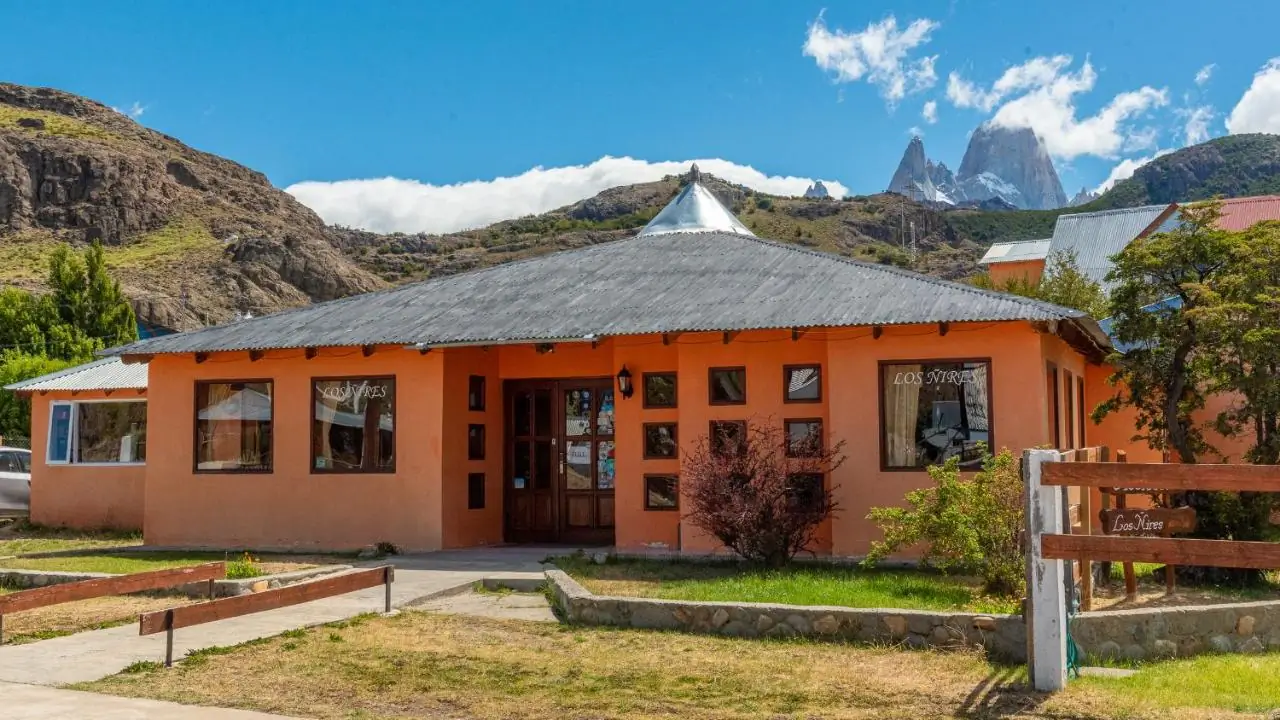
Hostal Don Galle
Nestled in El Chaltén, Hostal Don Galle offers cozy accommodations with stunning views of the Andes, providing a perfect base for adventure seekers exploring the breathtaking Patagonian landscapes.
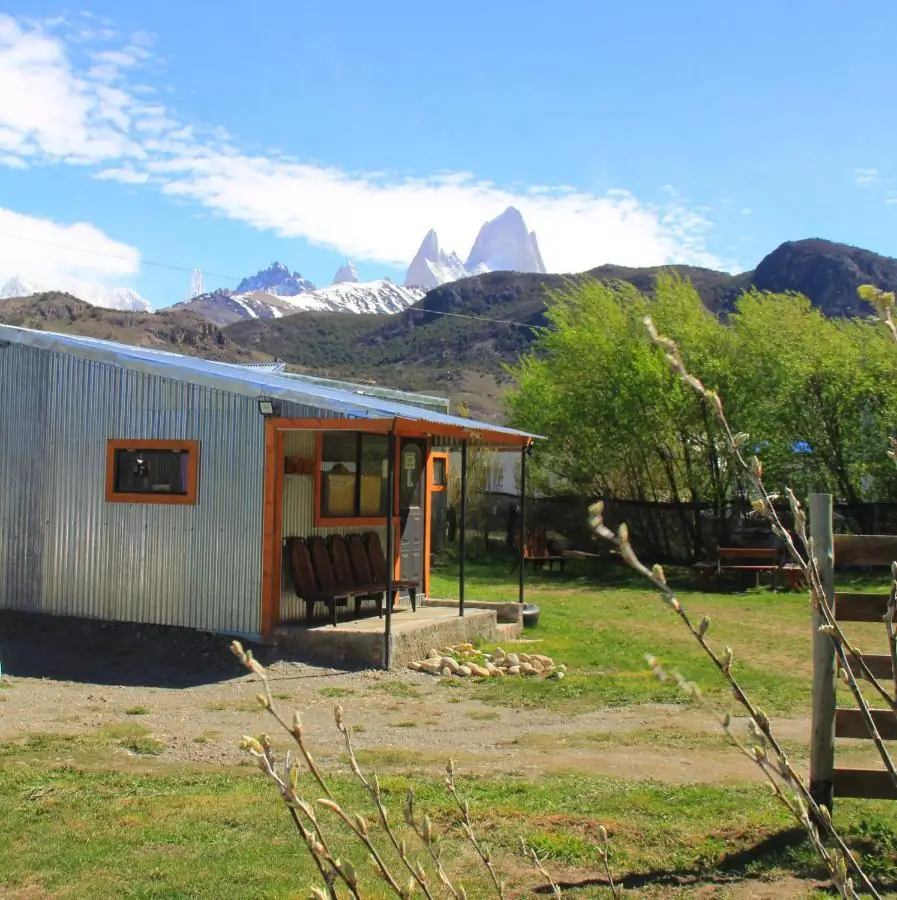
Nikeu Apparts
Nikeu Apparts in El Chaltén, Argentina, offers cozy accommodations with stunning mountain views, perfect for adventurers exploring Patagonia's iconic trails and natural beauty.
Hotel Poincenot
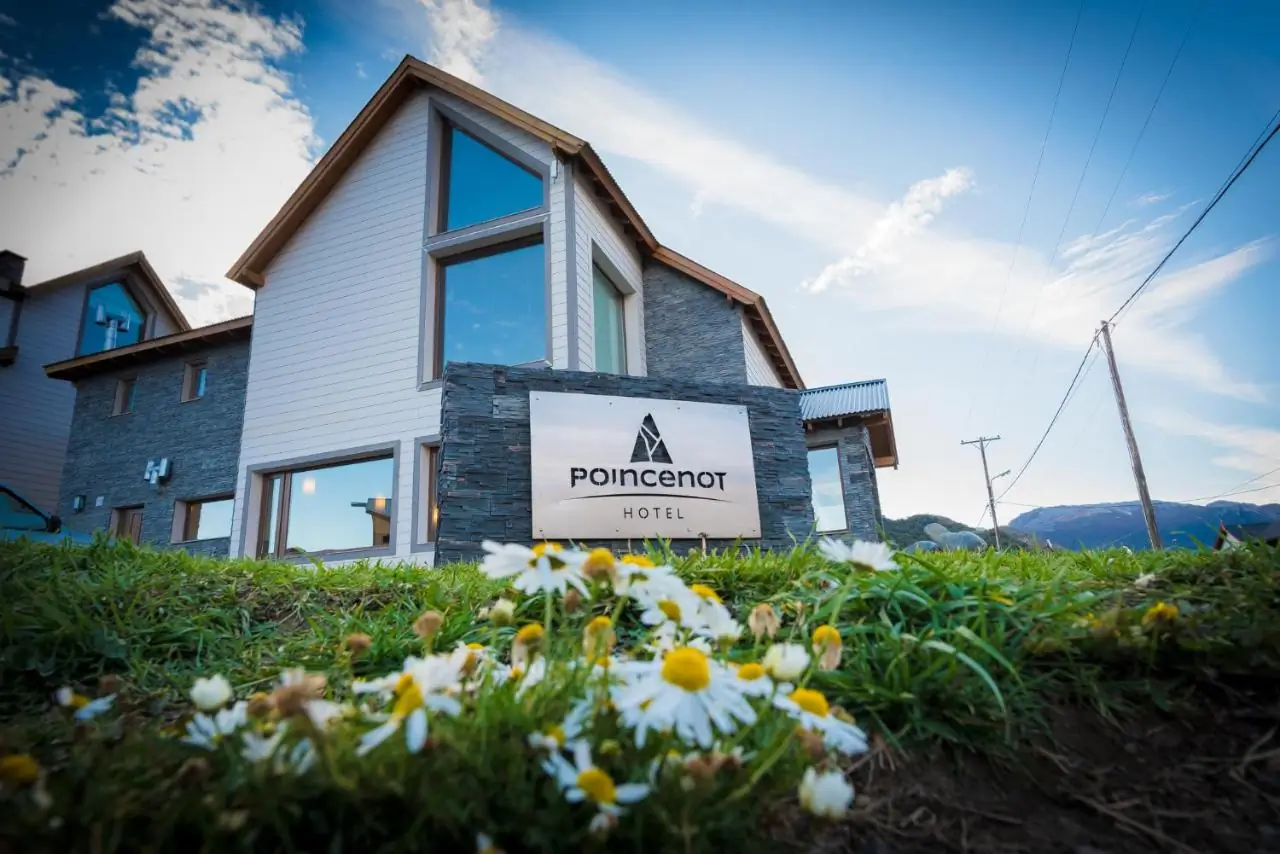
Chalten Suites Hotel
A cozy retreat in El Chaltén, Chalten Suites Hotel offers stunning views of Fitz Roy and easy access to Patagonia’s legendary trails, blending comfort with adventure in Santa Cruz Province.
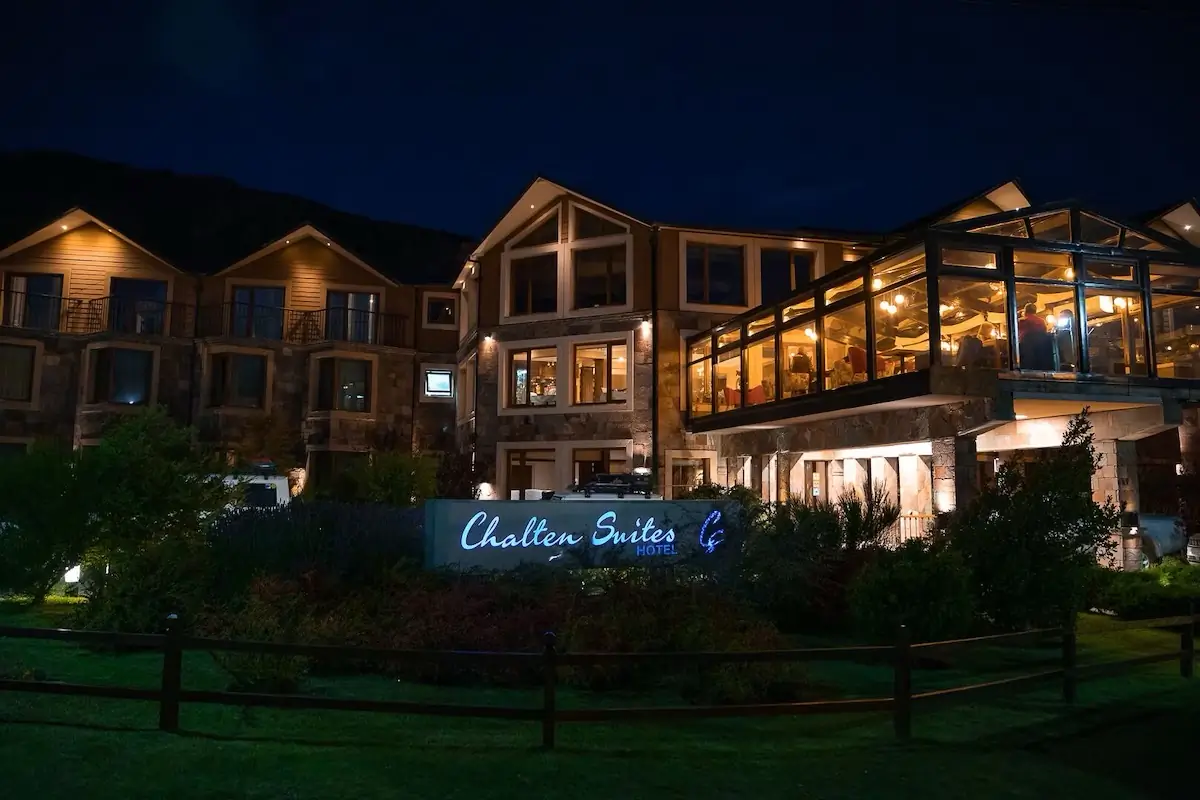
Los Cerros del Chaltén Boutique Hotel

Hosteria El Puma
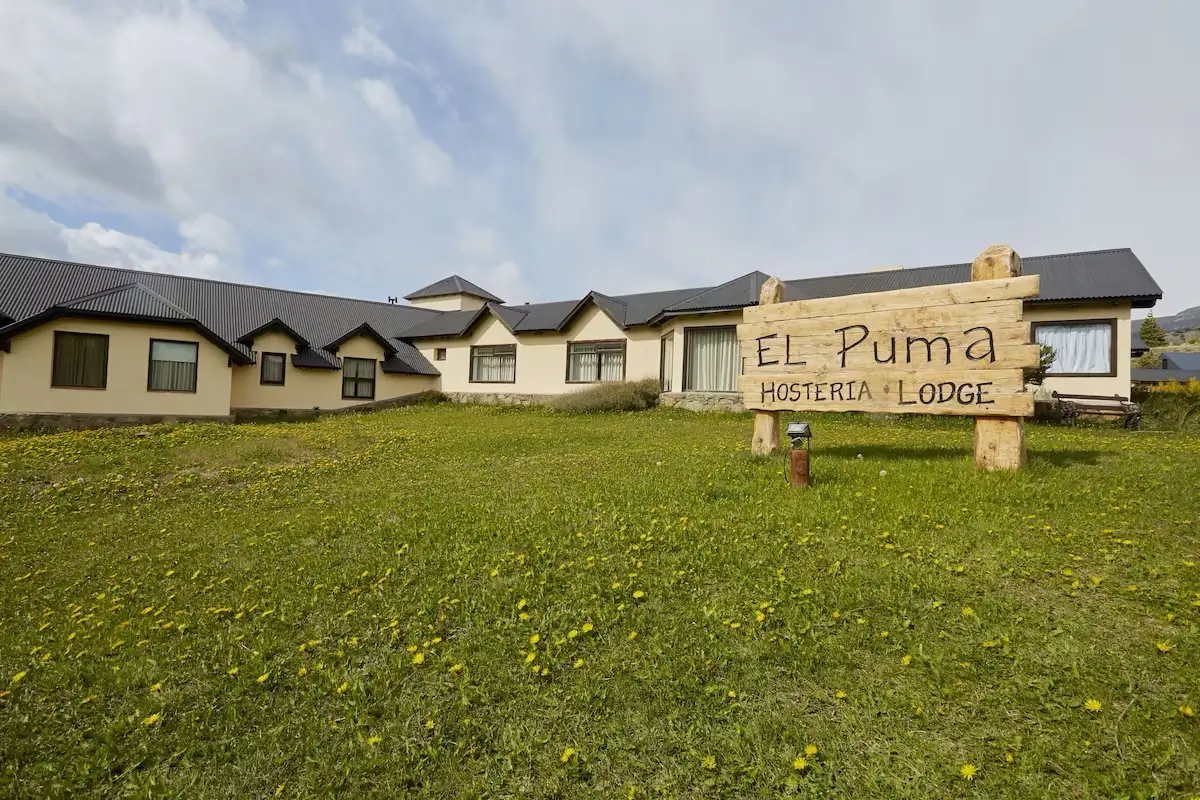
Chalten Camp – Glamping with a view
Mermoz Hotel
Nestled in the heart of El Chaltén, Mermoz Hotel offers stunning views of the Patagonian Andes, cozy accommodations, and easy access to the region's renowned hiking trails.
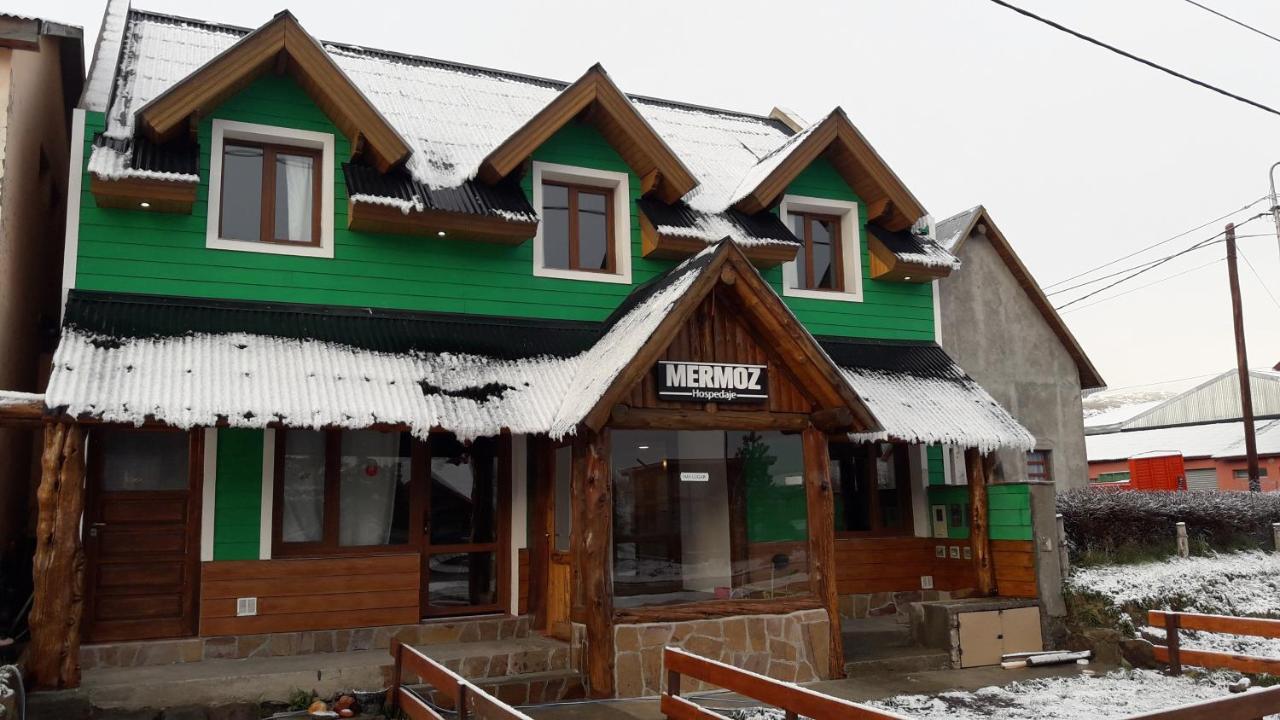
Hostería Vertical Lodge
Nestled in the stunning landscapes of El Chaltén, Hostería Vertical Lodge offers a cozy retreat with breathtaking views of the Andes, ideal for adventure seekers and nature lovers.
Hotel El Alamo
Nestled in the stunning landscapes of El Chaltén, Argentina, Hotel El Alamo offers cozy rooms and breathtaking views, perfect for adventurers and nature lovers seeking tranquility.
Desierto Suites
Nestled in the heart of Patagonia, Desierto Suites offers cozy accommodations with breathtaking views of the majestic mountains in El Chaltén, perfect for nature and adventure lovers.
Guanaca Lodge
Guanaca Lodge offers breathtaking views of the Patagonian landscape, providing guests with cozy accommodations and a serene escape in the heart of El Chaltén, Argentina's outdoor adventure capital.
Rancho Grande Hostel
Rancho Grande Hostel, nestled in the picturesque El Chaltén, Argentina, offers cozy accommodations and stunning views, perfect for trekkers exploring the renowned Patagonian landscape.
Constantino Hostel by lo de Guille
A vibrant and cozy retreat, Constantino Hostel by lo de Guille offers adventurers in El Chaltén Argentina an inviting atmosphere paired with breathtaking Patagonian landscape views.
Condor De Los Andes
Nestled in El Chaltén, Argentina, Condor De Los Andes offers hikers a cozy, welcoming haven amidst the breathtaking Patagonian landscapes, perfect for adventure enthusiasts and nature lovers alike.
Hostería El Pilar
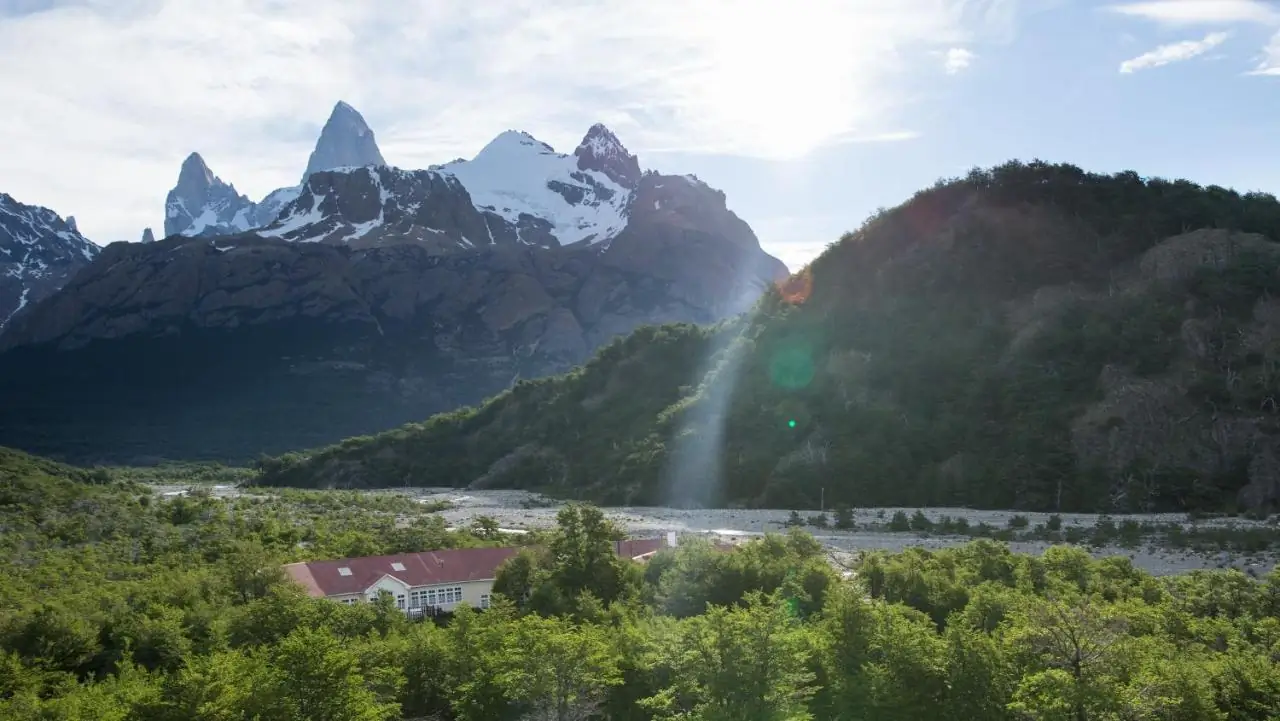
Estancia Helsingfors
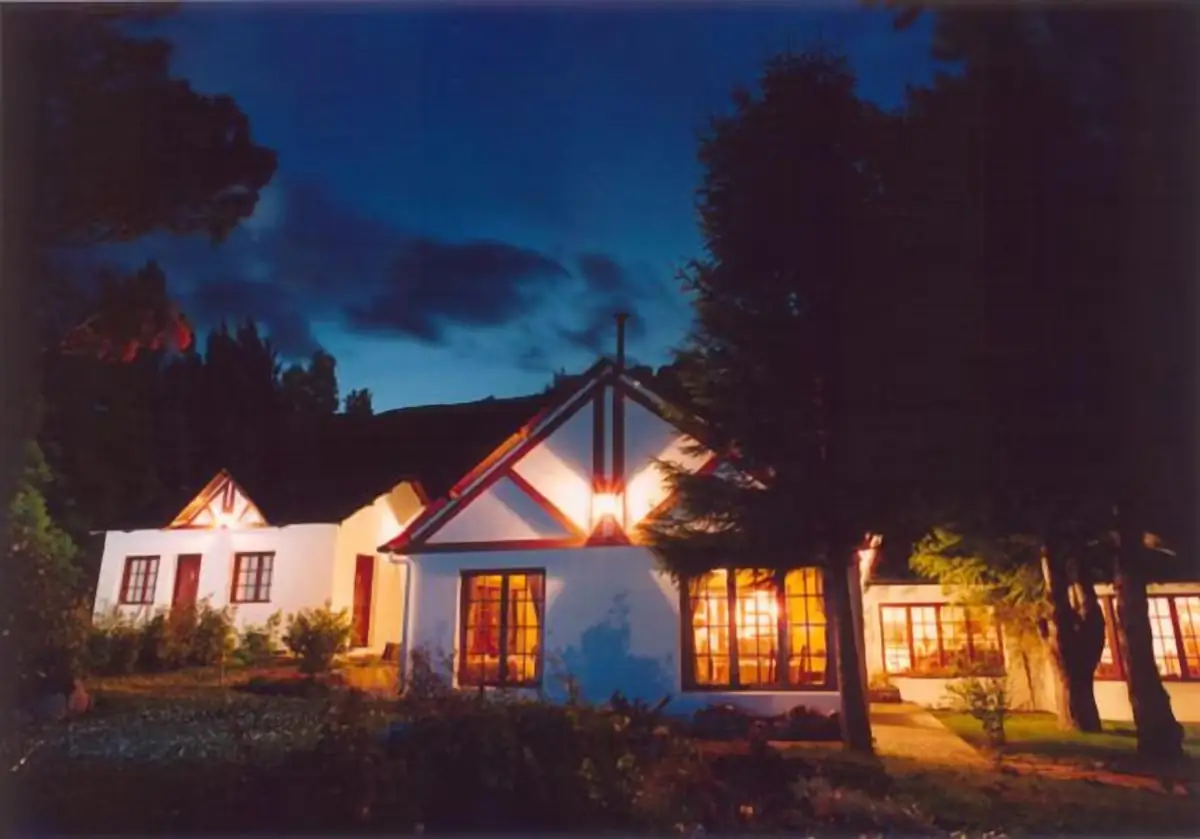
Hostel Familia de Campo
Nestled in the stunning landscapes of Chaltén, Argentina, Hostel Familia de Campo offers warm hospitality and breathtaking views for nature enthusiasts and adventure seekers alike.
Latitud 49 Apart
Nestled in the heart of El Chaltén, Latitud 49 Apart offers a cozy retreat with stunning Patagonian landscapes, ideal for adventurers seeking comfort and breathtaking views.
Explora El Chaltén Lodge
Nestled in the breathtaking landscapes of Patagonia, Explora El Chaltén offers unparalleled adventure and relaxation, surrounded by majestic peaks and pristine wilderness in the heart of Argentina.
Senderos Aparts & Suites
A cozy retreat in El Chaltén, Senderos Aparts & Suites offers stunning mountain views and easy access to Patagonia’s legendary trails, blending comfort with adventure in Santa Cruz Province.
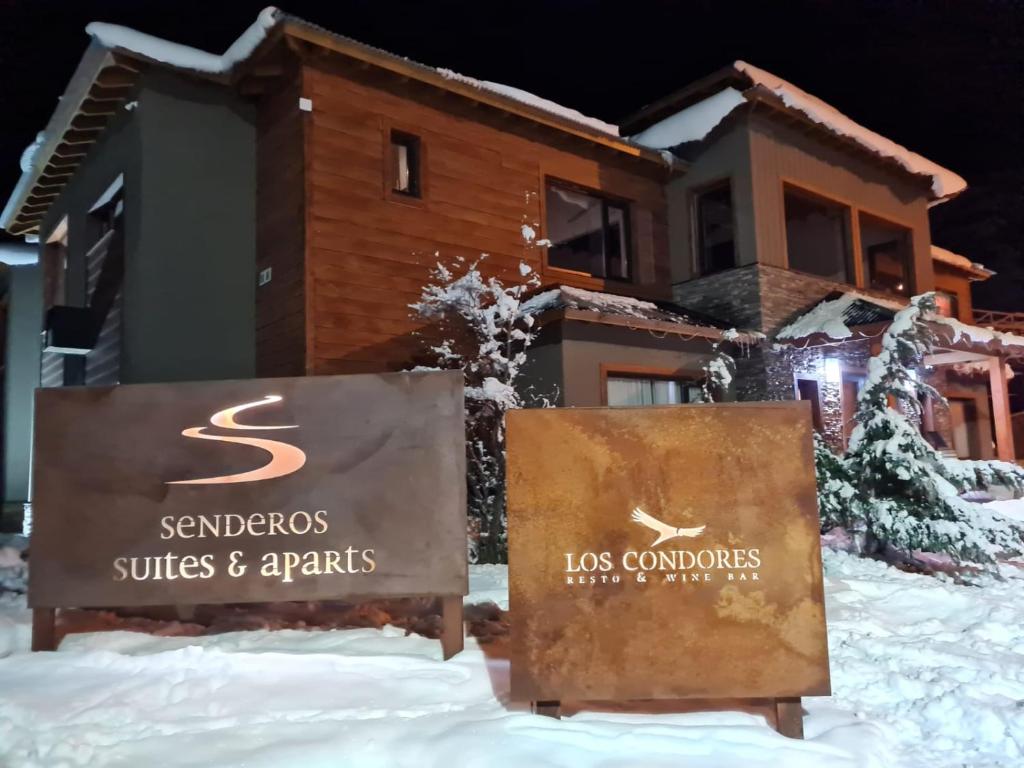
When to visit
Best Time to Visit El Chaltén
Nestled in the heart of Southern Patagonia, El Chaltén is a haven for hikers, nature lovers, and those seeking the raw beauty of Argentina’s rugged landscapes. The ideal time to visit depends on your preferences for weather, crowds, and outdoor activities.
Seasonal Breakdown
Summer (December–February)
Summer is the most popular season, with long daylight hours and mild temperatures ranging from 10°C to 20°C. The weather is relatively stable, though Patagonian winds can be fierce. This is the prime time for trekking, with trails like Fitz Roy and Cerro Torre accessible and vibrant wildflowers in bloom.
- Pros: Ideal hiking conditions, extended daylight, lively atmosphere.
- Cons: Crowds, higher accommodation prices, occasional wind gusts.
Local events include the Fiesta Nacional del Trekking in February, celebrating the town’s hiking culture.
Autumn (March–May)
Autumn brings cooler temperatures (5°C to 15°C) and fewer visitors. The foliage turns golden, creating stunning contrasts against the granite peaks. Trails remain open, though snow may appear by late May.
- Pros: Tranquil trails, photogenic landscapes, lower prices.
- Cons: Unpredictable weather, shorter days, some services begin to close.
Winter (June–August)
Winter transforms El Chaltén into a quiet, snow-dusted retreat. Temperatures hover between -5°C and 5°C, and many trails become inaccessible due to snow. However, the solitude and stark beauty appeal to photographers and those seeking serenity.
- Pros: Minimal crowds, unique winter scenery, budget-friendly stays.
- Cons: Limited hiking options, some businesses shut down, cold conditions.
Spring (September–November)
Spring is a transitional period, with temperatures rising (5°C to 15°C) and snow melting. Trails begin reopening, and early-season hikers can enjoy the awakening flora without summer’s bustle.
- Pros: Fewer tourists, emerging wildlife, moderate weather.
- Cons: Muddy trails, variable conditions, some amenities still closed.
Overall Recommendation
For trekking and vibrant landscapes, visit between December and February. If you prefer solitude and autumn hues, March to April is ideal. Winter appeals to those seeking quiet reflection, while spring offers a balance of accessibility and tranquility.
Considerations
Peak season (summer) brings higher prices and limited lodging availability—book well in advance. Shoulder seasons (autumn and spring) offer a sweet spot for affordability and fewer crowds. Winter is the quietest but requires flexibility due to reduced services.
What to pack
What to Pack for El Chaltén
El Chaltén, nestled in the rugged landscapes of Southern Patagonia, is a haven for hikers and outdoor enthusiasts. The town’s unpredictable weather and demanding terrain call for practical, layered clothing and sturdy gear. Here’s what you’ll need to navigate its windswept trails and ever-changing conditions.
Clothing & Footwear
- Windproof & Waterproof Jacket: Patagonia’s notorious winds and sudden rain showers make this indispensable.
- Merino Wool Base Layers: Lightweight yet warm, ideal for layering in fluctuating temperatures.
- Hiking Pants (Convertible or Quick-Dry): Versatile for trails and town, resistant to Patagonia’s damp chill.
- Sturdy Hiking Boots (Ankle Support): Essential for rocky, uneven terrain—break them in before arrival.
Gear & Accessories
- Trekking Poles: Helpful for steep ascents and river crossings on trails like Laguna de los Tres.
- Backpack (20–30L) with Rain Cover: For day hikes; ensure it’s large enough for layers, water, and snacks.
- Reusable Water Bottle or Hydration Bladder: Refill stations are scarce on trails; carry at least 2L.
- Buff or Balaclava: Protects against windburn and dust on exposed trails.
Weather & Practical Items
- Sunglasses (Polarized, UV Protection): Glacial glare and intense sunlight demand quality lenses.
- High-SPF Lip Balm & Sunscreen: The ozone layer is thin here; sunburn occurs even on cloudy days.
- Cash (Argentine Pesos): Many local businesses prefer cash, and ATMs are unreliable.
Culture
A Frontier Town with Alpine Spirit
El Chaltén, Argentina’s self-proclaimed “National Capital of Trekking,” is a rare blend of Patagonian ruggedness and a distinctly alpine ethos. Founded only in 1985 as a strategic settlement near the Chilean border, its culture is shaped by pioneers—mountaineers, gauchos, and artisans drawn to the raw beauty of Fitz Roy and Cerro Torre. Unlike older Patagonian towns, El Chaltén lacks colonial heritage; its identity is rooted in outdoor adventure and a transient, international community that leaves a subtle yet palpable imprint.
The Language of the Trails
Spanish here is peppered with terms borrowed from climbing slang and Mapundungun (the Mapuche language), reflecting the town’s dual identity as an indigenous land and a global trekking hub. Visitors might hear “andarivel” (a zip line) or “piedra” (rock climbing jargon) in casual conversation. The local dialect is softer than Buenos Aires’ porteño, with elongated vowels—a lingering influence of early Chilean settlers.
Gauchos and Gear Shops
El Chaltén’s cultural duality is visible in its streets: weathered gauchos in boinas (berets) share sidewalks with Goretex-clad hikers. Traditional estancias (ranches) on the outskirts still host asados patagónicos, where lamb is slow-cooked over open flames, while downtown, microbreweries serve craft beer with names like “Sendero Dorado” (Golden Trail). The local artisan market leans into Patagonian motifs—hand-carved ñire wood maps of Fitz Roy, wool ponchos dyed with cochineal—but with a minimalist, functional twist suited to backpackers.
Observing Gaucho Culture
- Visit Estancia Helsingfors for a folkloric dinner with chamame music—a rhythmic blend of accordion and guitar distinct from Argentine tango.
- December’s Fiesta del Lago Viedma features rodeo skills like carrera de sortijas (ring-spearing on horseback).
Mountain Time and Hospitality
El Chaltén operates on “Patagonian time”—schedules are fluid, dictated by weather windows rather than clocks. It’s customary for hikers to greet each other on trails with a nod or “buen camino”, a tradition borrowed from Spain’s Camino de Santiago. Restaurants often serve calafate sours (a cocktail using the tart local berry) as a welcome gesture, playing into the myth that eating calafate ensures one’s return to Patagonia.
Silent Festivals
Unlike Argentina’s boisterous carnivals, El Chaltén’s celebrations are intimate. The Fiesta de la Nieve (Snow Festival) in July includes ice-climbing competitions on frozen waterfalls, while the Full Moon Trek—a guided night hike to Laguna de los Tres—culminates in shared mate circles under the stars. Even the town’s anniversary (October 12) focuses on storytelling by early settlers rather than parades.
Etiquette Notes for Visitors
- Leave no trace is a moral code here; even fruit peels are frowned upon on trails.
- Gauchos appreciate a nod or “buenos días” when passing; interrupting their work for photos is considered rude.
- Tipping 10% is standard, but in mountain refugios, leaving spare change in the communal “mate fund” (for shared yerba mate) is a warmer gesture.
History
History of El Chaltén
Nestled at the foot of the iconic Mount Fitz Roy in Southern Patagonia, El Chaltén is Argentina’s youngest town, born from geopolitical necessity rather than gradual settlement. Founded in 1985, its creation was a strategic move to reinforce Argentina’s territorial claim near the disputed border with Chile. Despite its recent origins, the area has long been a crossroads for indigenous peoples, explorers, and mountaineers drawn to its jagged peaks. Today, El Chaltén thrives as the “Trekking Capital of Argentina,” its history intertwined with the allure of untamed landscapes and the spirit of adventure.
Key Historical Dates
- 1877: Argentine explorer Francisco Moreno first documents Mount Fitz Roy, naming it in honor of Robert FitzRoy, captain of the HMS Beagle. The indigenous Tehuelche people had long referred to the peak as “El Chaltén,” meaning “smoking mountain,” due to the frequent clouds shrouding its summit.
- 1953: French alpinists Lionel Terray and Guido Magnone achieve the first ascent of Mount Fitz Roy, cementing the region’s reputation among mountaineers. Their expedition marks the beginning of modern climbing in the area.
- 1985: Officially founded on October 12, El Chaltén is established by the Argentine government to solidify its presence during the ongoing border dispute with Chile. The town’s layout and infrastructure are planned from scratch, a rarity in Patagonia.
- 1994: The creation of Los Glaciares National Park, a UNESCO World Heritage Site since 1981, expands protections around El Chaltén, ensuring the preservation of its pristine landscapes and fostering sustainable tourism.